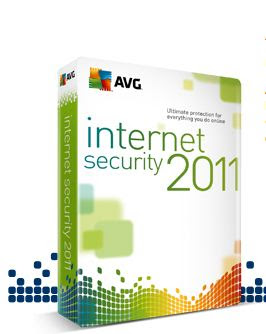32/64-bit | English and MULTILANGUAGE SUPPORT | DVD ISO | Bootable | Simple use!
No serial and no activation needed | Size: 3.47GB | Genuine version | FULLY UPDATABLE with Windows Update. | Instructions and Installation notes included
Installation is in English but you can change language afterwards to any of this list via Windows Multilingual User Interface (MUI)
* Arabic
* Brazilian Portuguese
* Bulgarian
* Chinese Simplified
* Chinese Traditional - Hong Kong
* Croatian
* Czech
* Danish
* Dutch
* English
* Estonian
* Finnish
* French
* German
* Greek
* Hebrew
* Hindi
* Hungarian
* Italian
* Japanese
* Korean
* Lithuanian
* Norwegian
* Polish
* Portuguese
* Romanian
* Russian
* Serbian Latin
* Slovak
* Slovenian
* Spanish
* Swedish
* Thai
* Turkish
* Ukrainian
How to change language?
http://windows7center.com/tutorials/how-to-download-and-install-windows-7-beta-language-packs-mui-packs/
INSTRUCTIONS
Install:
- Download and extract using WinRAR.
- Use Nero or other burning app to burn the ISO image
- Burning speed should not be faster than 4x. Otherwise, it might not work.
- Restart your computer.
- Make sure you have selected your DVD-ROM/RW drive as a first boot device.
* Enter the BIOS pressing the DEL button, set the option, insert your Windows 7 installation and restart computer.
- The black screen will appear (image 01).
- Press any key to boot from CD or DVD.... (by pressing the key you are entering the setup)
- Select your language, time and currency and keyboard input (optionaly)
- Click install now
- Choose your edition (x86 is 32-bit, x64 is 64-bit) depending of CPU type you have.
*Choose x64 if you have 64-bit processor.
- Click "I accept".
- Click "Custom" (advanced).
- Choose your partition/hdd drive where Win7 should be installed and click format.
*You might get some error if you have two or more hard disks with different connectors (ATA and SATA).
If you get an error, turn off one of your hard disks and repeat the whole proces.
- After formatting, setup will continue automaticly and it will finish after 15-30 min.
- Next step would be username
- Type your password (if you want).
- When you get the screen for CD-KEY just ignore it leaving blank.
*Uncheck the box for automaticly activation and click next.
- Choose the third option for next step.
- Select your time zone.
- Select your current location (Home is recommended).
- The black CMD windows will appear. Wait a few seconds until computers restares once again.
- And that would be all about installation. You are in Windows now.
Activation Tools :
* Windows Loader is the loader application thats used by millions of people worldwide, well known for passing Microsoft's WAT (Windows Activation Technologies) and is arguably the safest Windows activation exploit ever created. The application itself injects a SLIC (Software Licensing Description Table) into your system before Windows boots, this is what fools Windows into thinking it's genuine.
The easy and safe way to activate Windows.





























